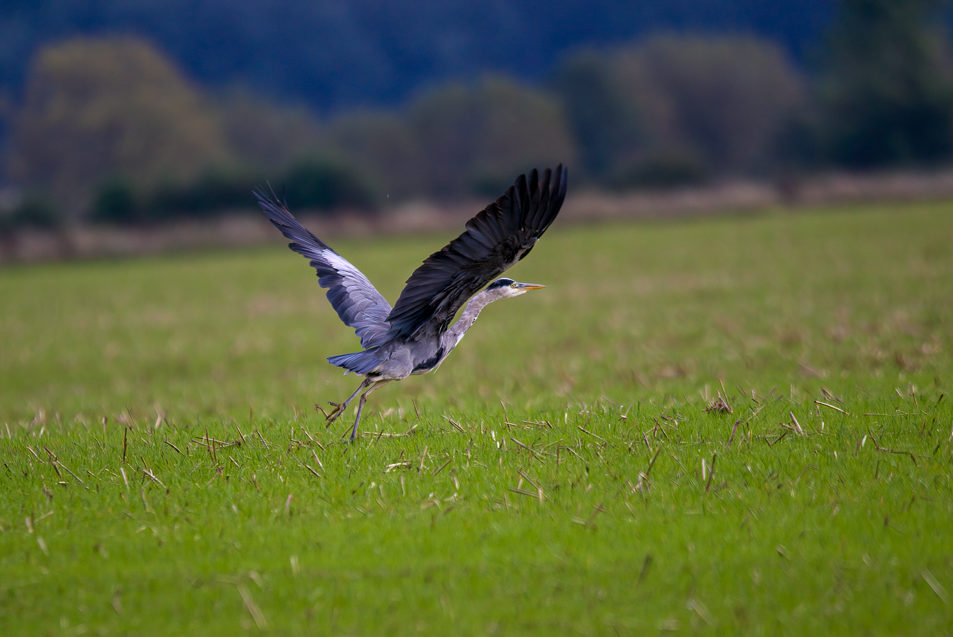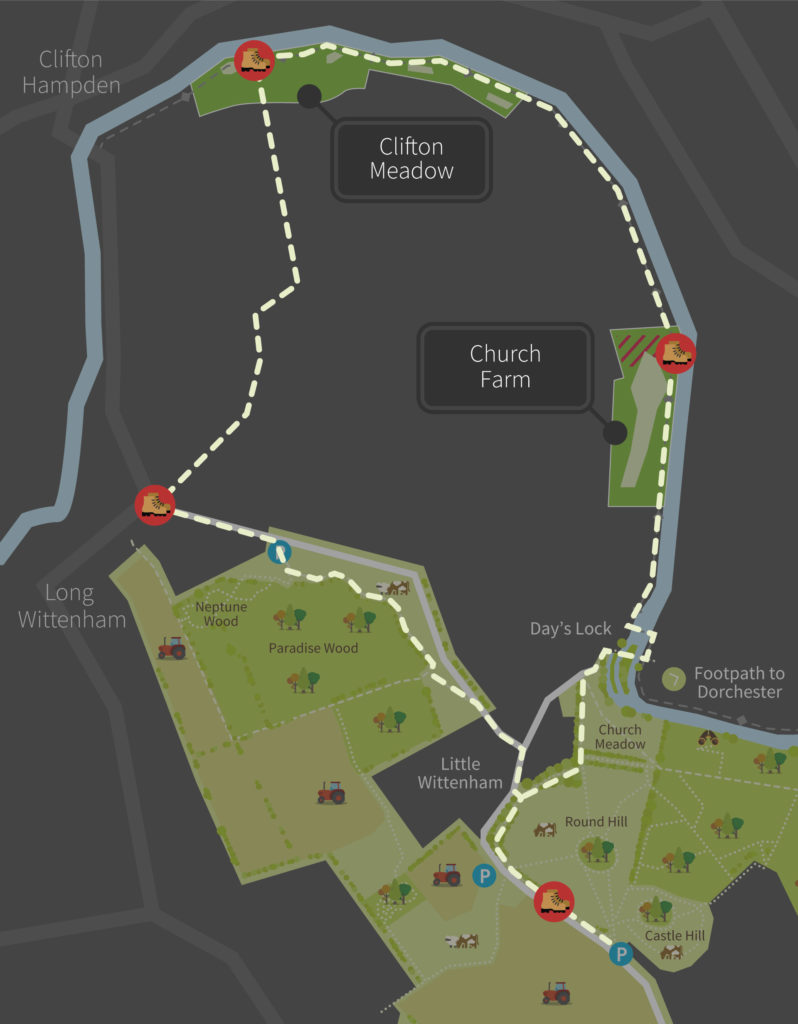Wetland carbon capture: learnings from River of Life II
Just months since its completion, the River of Life II is already attracting fish, birds, mammals and… scientists!
Now that construction is complete and the habitats are bedding in, the exciting next phase of our River of Life II project is just beginning. We want to explore how the new wetlands we have created along the banks of the River Thames are impacting the wider environment and, importantly, how they sequester carbon.
Wetlands, where water and dry land meet, are home to countless species of wildlife, but they also prevent our homes and cities from being flooded, give us food and medicines, clean our water, protect our coastlines, and even control our climate. They sequester carbon from the atmosphere in the living vegetation as well as in litter, peats, organic soils, and sediments that have built up.

Heron at River of Life II (photo credit Gemma Warr)
A collaboration of the Environment Agency, Land & Water Services and Bangor University, have begun monitoring at the River of Life II site, around Clifton Meadow and Church Farm, to see what we can learn about greenhouse gas movements (specifically, carbon dioxide, methane and nitrous oxide). We’re looking to see if there have been any initial flushes (expulsions) of these gases since the wetlands were constructed, and anticipate that there will be a gradual slowing of gases being emitted over time. The aim of the longer-term experiment is to be able to identify at what point the wetland begins to sequester carbon.
There are currently large gaps in knowledge and understanding of exactly what happens to gas exchange across wetlands, so this research will be greatly valued by the scientific community.
What have we learnt?
Basic monitoring equipment was put in place in September 2021 at specific backwaters and ponds around the site and, every month, students from Bangor and Oxford Universities are collecting the data. We have now reached the experiment phase where the data can be used to create a baseline from which we can explore longer-term plans.
- The initial results have shown that the anticipated large flush of methane into the atmosphere didn’t happen (or was at least a lot less than feared)
- The data shows that there have been no negative effects on the release of Carbon or Methane across the sites
- The non-wetland areas show to be emitting over 5 times the amount of carbon more than the created wetland areas.
- The wetter areas show a far slower release of CO2 from the soils
These initial findings have been very positive and we are looking forward to being able to share more detail on the data analysis, and what this means for the role of wetlands in mitigating some of the impacts of climate change, in the coming months.
The long-term potential of this particular part of the River of Life II project is to demonstrate how effective active floodplains can be at storing carbon. We are now seeking funding to support the continuation of this work to 2025.
If you’d like to take a riverside stroll and explore our new wetlands, here is a handy walking route:
